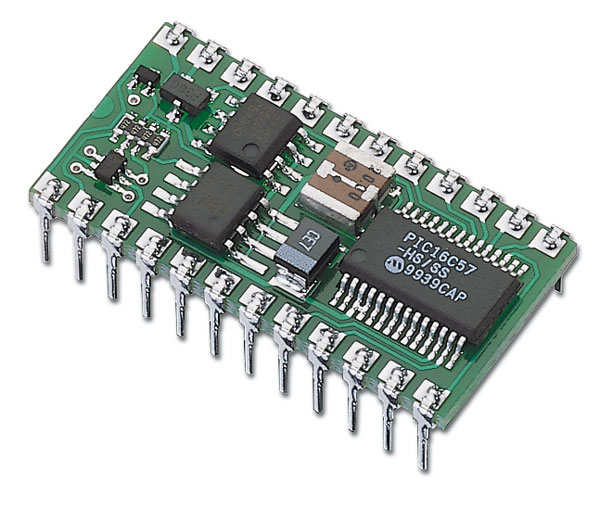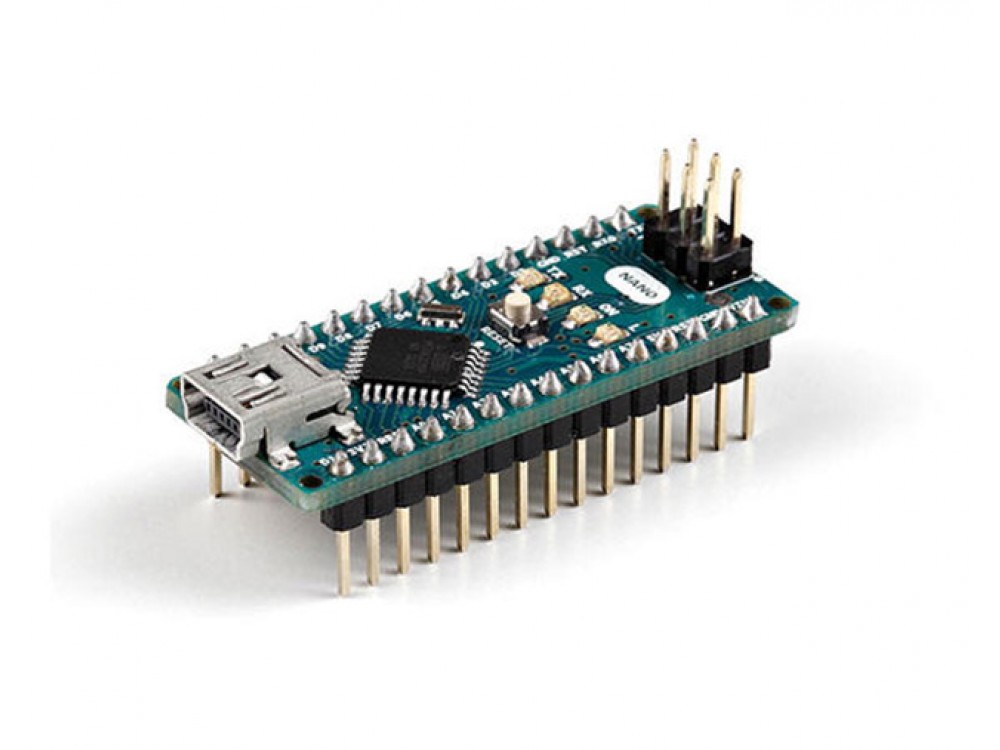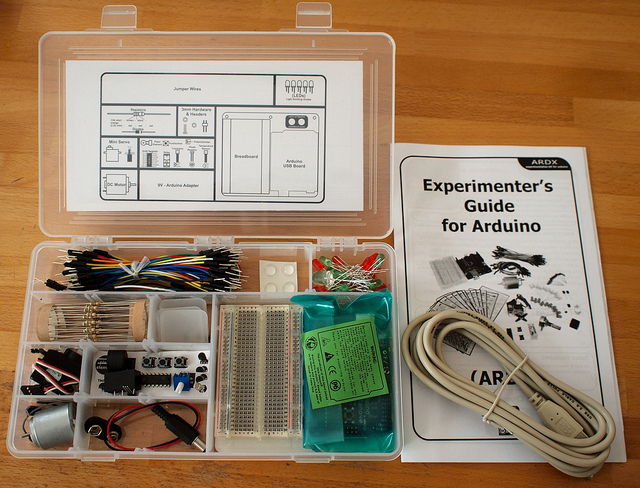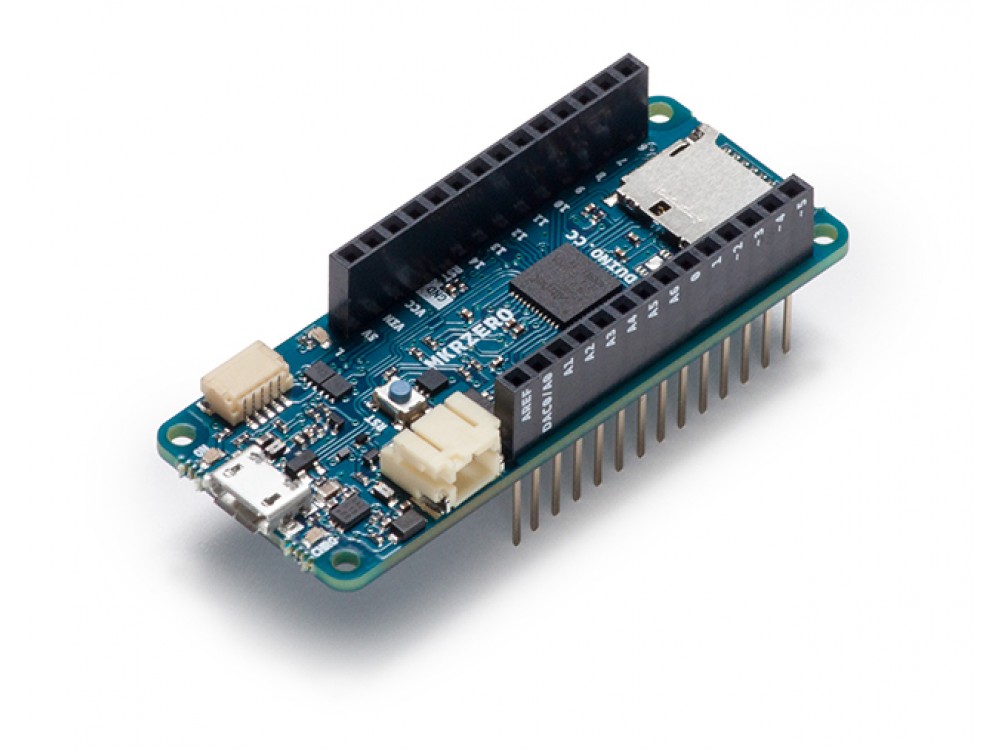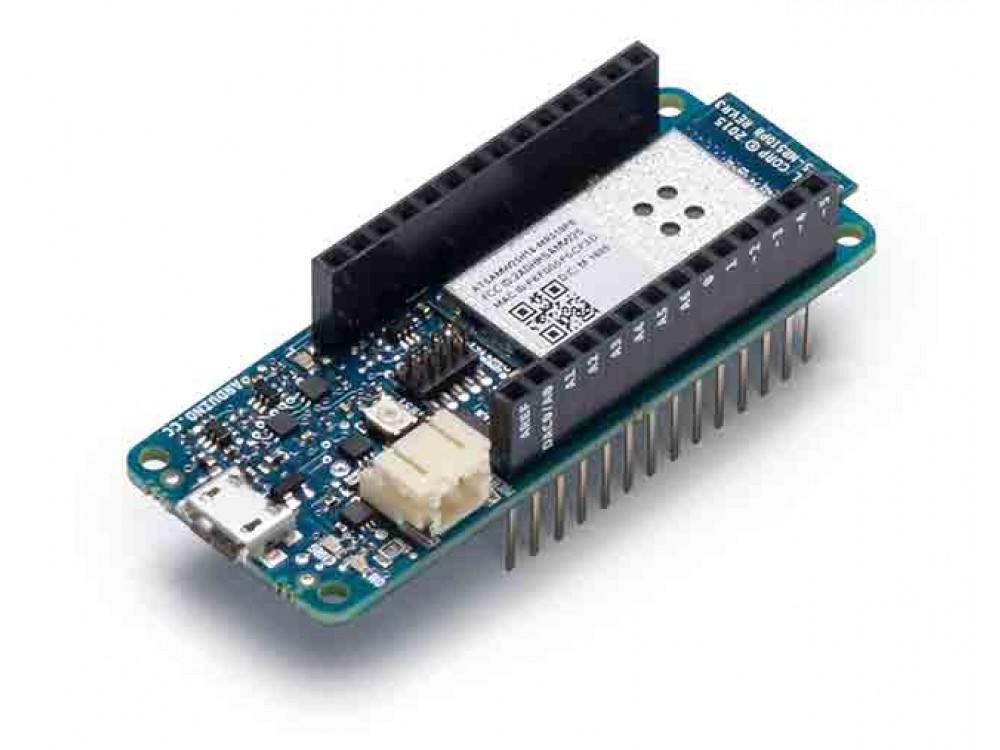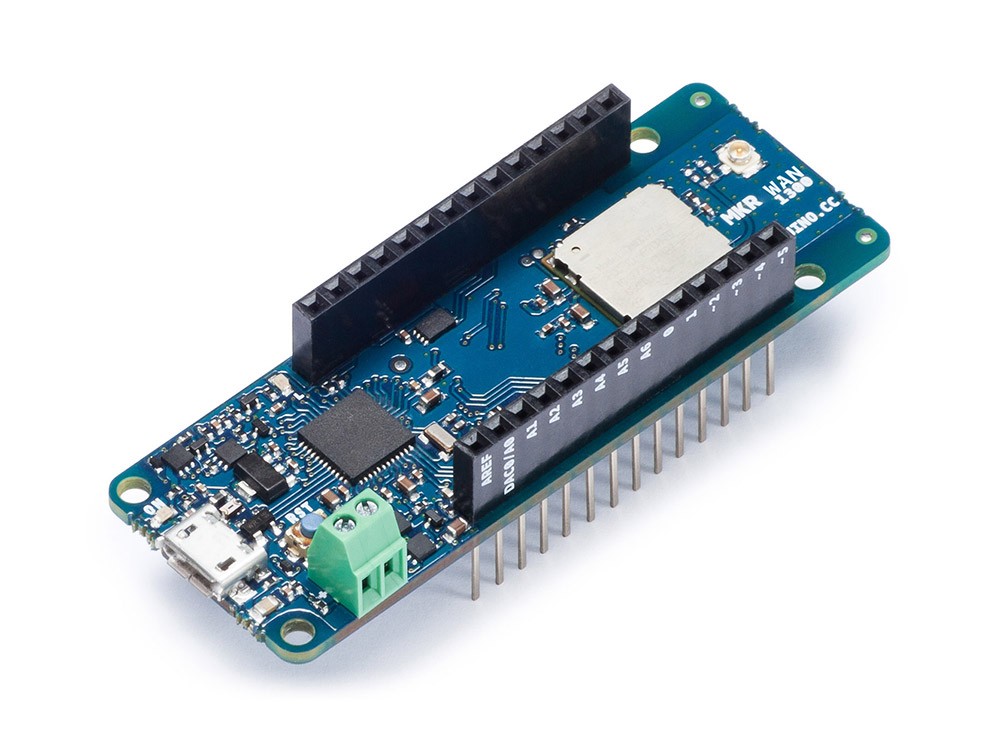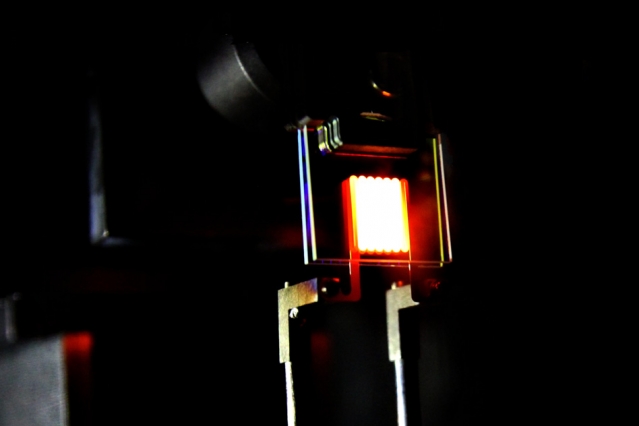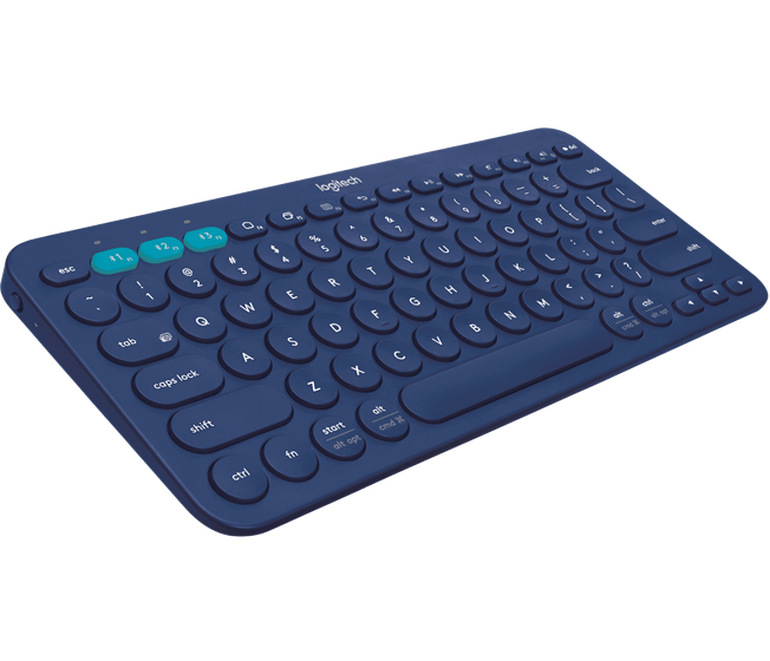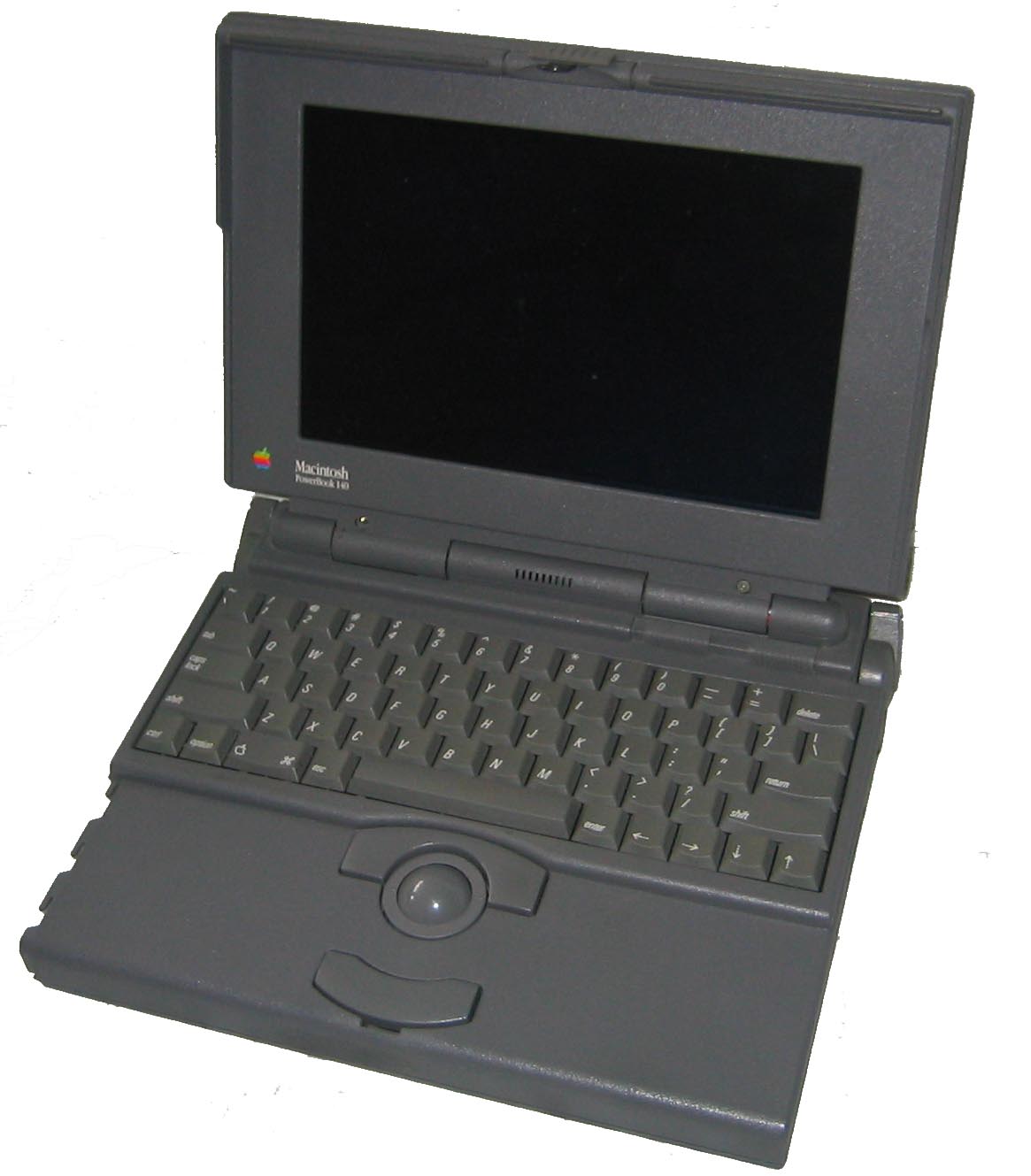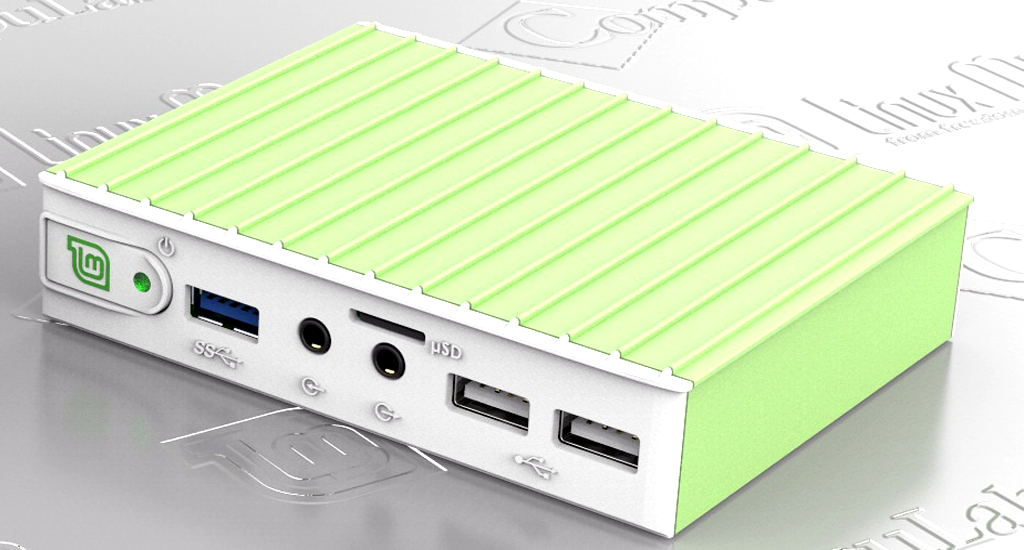Some things in life are just so important that they just have to be learned. Memorization can be the right approach for some. For others, it might mean keeping a piece of paper handy, with formulas written out. Regardless, Ohm’s law and related formulas have to be learned.
Fortunately, a cool soldering iron will help explain Ohm’s law, and the related formulas. The soldering iron is a Miniware TS100.

Ethan has saved up his money to buy a TS 100 soldering iron. Unfortunately, he didn’t have enough money to buy a new power supply, so he wants to know if he can use this one, which he has lying around:
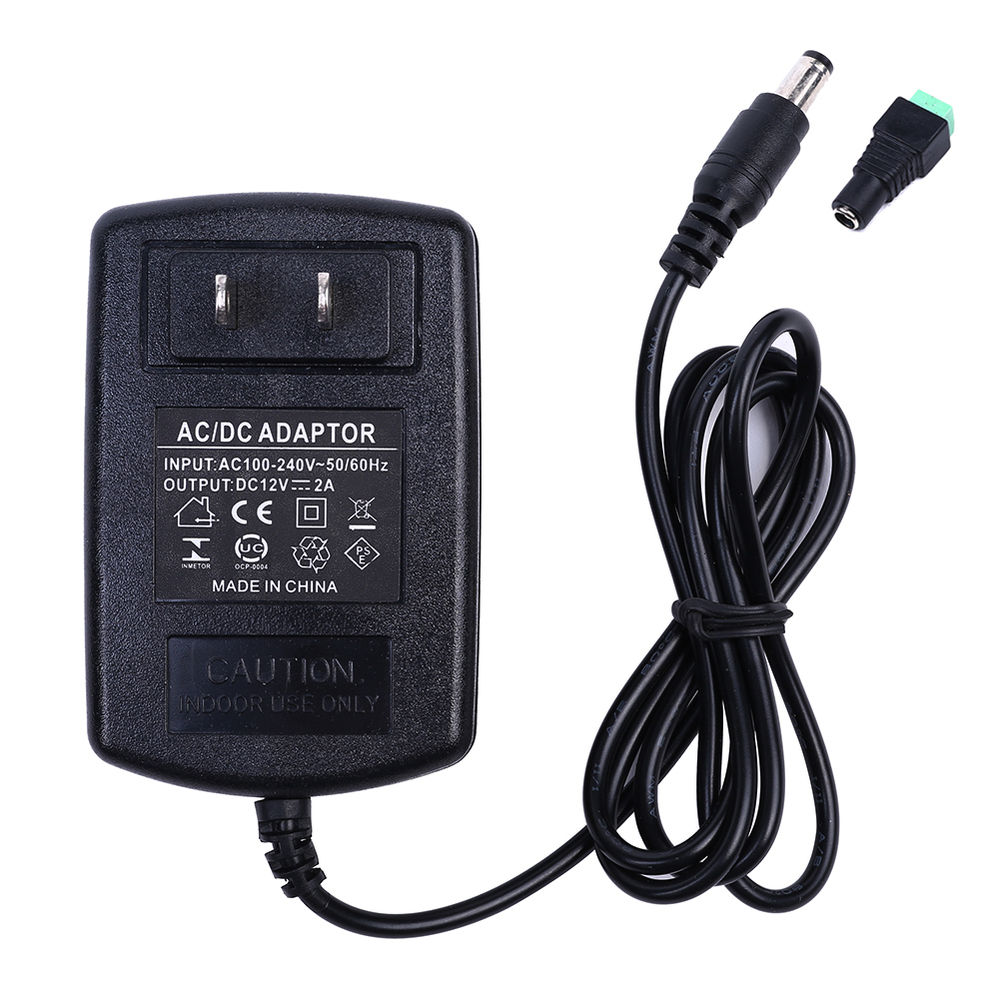
This gives him an opportunity to learn about electricity and how it works. A plumbing analogy is often used to explain electric power. Think of voltage, the pressure driving electricity through a wire, as water pressure forcing water through a pipe. The cross-section area of a pipe is like current, or amperage. The bigger the pipe, the more water that can be pressed through. The diameter of the electrical wires determines how much current is allowed through the system. If more current is pressed through than the wires are designed for, a device could fry.
The problem.
The TS 100 instruction sheet says that a maximum of 65 W can be obtained with a 24 V power supply. It also says that the minimum requirement is 17 W with a 12 V power supply. The power supply itself confirms that it provides 12 V output. But it doesn’t mention amperage, only wattage. The easiest way to find out if a correct amperage is being supplied is to use a power triangle. This is what it looks like, in three almost identical versions:

Ethan uses the middle power triangle, because he knows the power (17 watts) and the voltage (12 volts) but is missing the current or amperage, abbreviated as I. So he takes out his cell phone, uses the calculator app and inputs the necessary numbers, as shown here: I = 17 / 12 = 1.41 A. Since 1.41 A is less than 2 A, Ethan can use the power supply he already has.
A soldering iron works by using a resistor to heat up a metal tip. The relationship between the Voltage, Current and Resistance forms the basis of Ohm’s Law, which can be shown as another triangle, the Ohm’s Law triangle, also in three version, below:
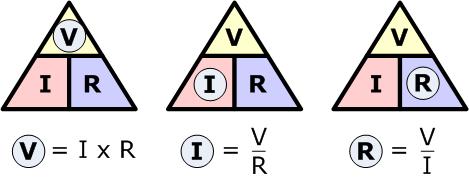
Using the third triangle, the resistance is found using the following formula: R = V /A = 12 / 1.41 = 8.5 Ω.
Starting off only knowing two values, Ethan ends up knowing four. These relationships are summarized in the Ohm’s law pie chart:
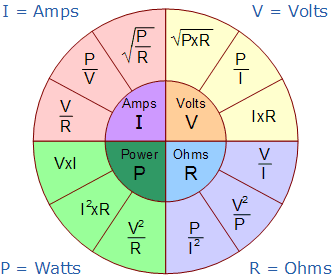
These relationships are explained even better in an Ohm’s law matrix. If any two values are know, the relevant row can be found by looking at the leftmost column. That row will show the two formulas that are needed to calculate the missing values.
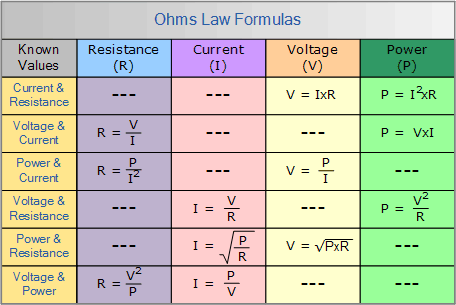
Electricity comes into houses in the form of alternating current (AC). This is because AC can be easily transformed into lower or higher voltages as required. Most workshop equipment uses standard household voltage. In North America, this is 120 V. In Europe, it is 220 (or 230 or 240) V. The other big difference is that North America supplies electricity at 60 Hz, while in Europe it is 50 Hz.
These differences used to create lots of problems, but if you look at the power supply shown above, you will see that it can use any input from 100 V to 240 V. There is also no problem using 50 Hz or 60 Hz. This means that the same power supply can be used anywhere in the world. The only thing needed is a plug adapter.
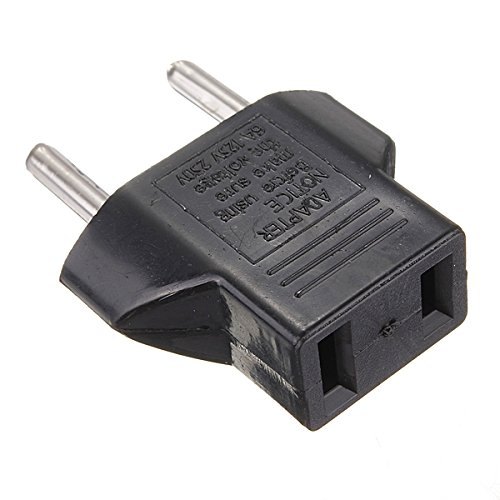
Not everything works this well. Clocks are notoriously bad, because many tell time based on the frequency of the network. A European clock brought to North America, may show 28.8 hours in the course of a day. A North American clock brought to Europe, may show only 20 hours in the course of the same day.
The biggest difference between North America and Europe is in the wiring that is required to run equipment. That is because current or amperage (and not power or wattage) determines the thickness of wires used. A 2 000 W mitre saw on a 120 V system needs a 20 A circuit breaker and #10 wire which is 5.26 mm² (in Europe, it has just exceeded the 16 A wiring limit, 2.5 mm²). On a 240 V system this same mitre saw only needs a 10 A circuit breaker and #14 wire which is 2.08 mm² ( In Europe, one could actually get away with 1.5 mm²).
Workshops need a lot of electrical power because they use machines that are transforming material into useful products. The work being done requires energy. That is not the only use of energy. Heating and dust extraction are also major energy consumers.
The Cost of Heating
Ethel and Ethan have a problem. They find the work space soooo cold that they have installed a 1500 W heater. The twins turn on the heat one hour before they begin working, and turn it off half an hour before they plan to stop. So far this month, they have had the heater on 46 hours.
A workshop needs energy to do work or create heat. Work is officially measured in joules ( J ). One joule is the same as one watt-second. If one knows how many watts one is using, and how many seconds it is being used, it is easy to calculate the number of joules.
Work = 1500 W · 46 hours · 60 min/hour · 60 sec/min = 248 400 000 J or 248.4 MJ (mega-joules). When calculating joules, it can be useful to know that there are 3 600 seconds in one hour, and 86 400 seconds in one day (24 hours).
When it comes to buying electricity, the kilowatt-hour is the standard units of energy recorded by the electricity meter. This can be a lot easier to calculate: 1 500 W, is the same as 1.5 kW; 46 hours is the same as, well, 46 hours. The heater’s electrical consumption is 1.5 kW · 46 h = 69 kWh. The price of 1 kWh varies, but in some places is about 15 cents. So the cost of heating the work space for a month is 69 kWh · $0.15 = $10.35.
Bonus Questions. Since the twins live in Canada, they have 120 V electrical power in their workshop. Calculate: What is the Amperage required for a 1500 W heater? What is the resistance inside the heater? (answers: 12.5 A; 9.6 Ω)
Power Requirements
Here are the wattages I use in the Unit One workshop. If all of the machines and other equipment were all turned on, they would use over 19 kW. Fortunately, that has never happened.
| Use | Wattage |
| Workshop | |
| Lighting |
100 W |
| Computing |
100 W |
| Compressor |
750 W |
| Workshop air cleaner |
200 W |
| Dust extractor |
1 100 W |
| Heating |
2 000 W |
| Stationary machines | |
| Jointer |
1 250 W |
| Planer |
1 500 W |
| Compound mitre saw |
2 000 W |
| Table saw |
1 400 W |
| Band saw |
750 W |
| Drill press |
500 W |
| Sander |
500 W |
| Bench grinder |
400 W |
| Portable tools | |
| HVLP spray gun | 600 W |
| Jig saw |
800 W |
| Bayonet saw |
1 000 W |
| Plunge (Track) saw |
1 400 W |
| Router |
1 400 W |
| Power drill |
500 W |
| Angle grinder |
800 W |
Load
Because only one (perhaps two) power tools are being used at any one time, the workshop’s maximum load is 6 250 W. The worst tool to use is the compound mitre saw (2 000 W). In addition, there is a need for lighting (100 W), computing (100 W), workshop air cleaner (200 W), dust extractor (1 100 W). At times a compressor is in use (750 W), and in winter, a heater may be turned on (2 000 W).
Three-phase power is supplied to the workshop at 230 V and 16 A with three load lines (L1, L2 and L3) coming in. These load lines are paired up to make 3 single-phase circuits. The total power coming into the workshop is 6370 Watts.
Several illustrations for this blog post have been borrowed from: http://www.electronics-tutorials.ws, which is the place to go for electronics tutorials.



